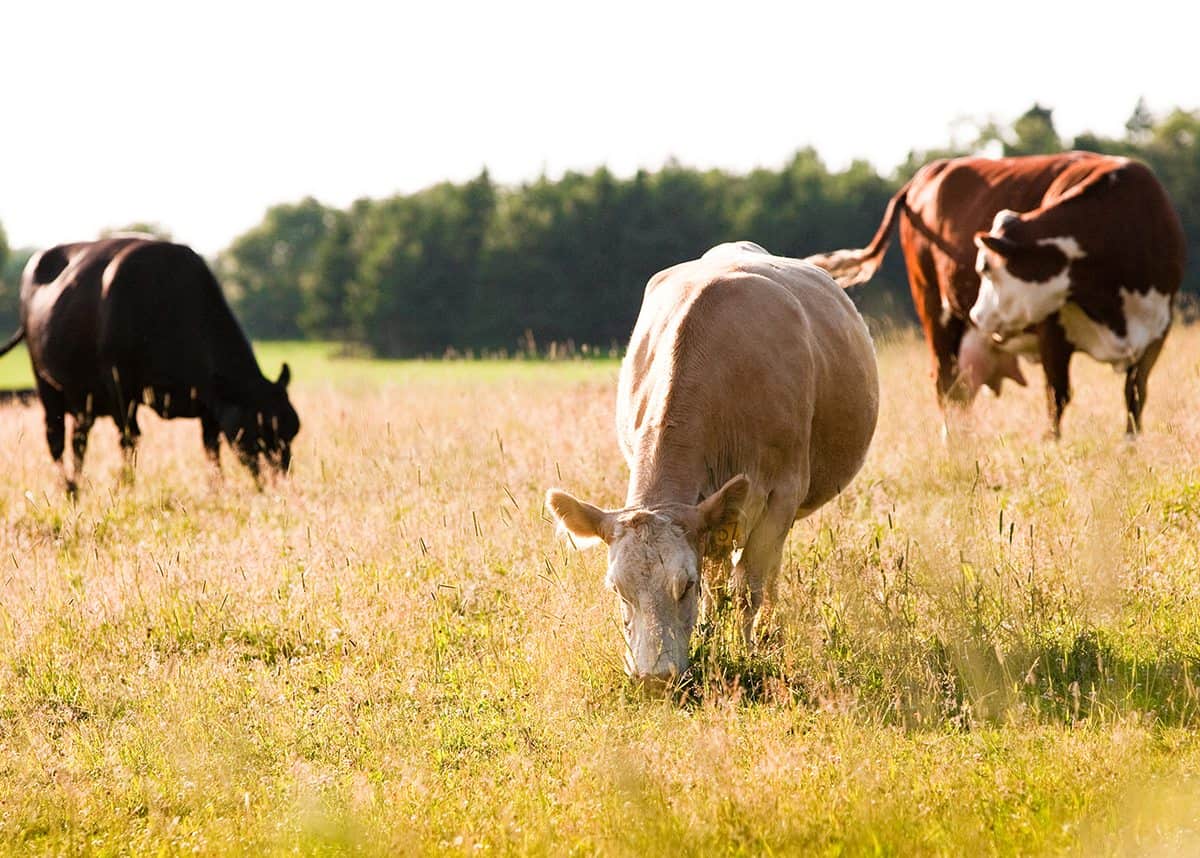
While the WHO may have recently warned of the risks of red meat, it really comes down to your choice of source
The World Health Organization’s recent pronouncement that red meat causes cancer should be taken with a grain of salt. Kosher salt, preferably—which, along with coarse ground black pepper (and a little olive oil to make them stick) is all you need for seasoning a good steak.
The good steak part of the equation is a little more elusive. For my part, I very seldom eat steak, and when I do I usually eat no more than 100 grams. Which is to say that I feed a family of four with a cut that an American steakhouse would deem too small for one—and I balance it with a good selection of vegetables on the side.
It’s a healthy approach that, so far as I am concerned, means that when I eat the stuff, it had better be good. And yes, that means that as often as not I’ll be tucking into a corn-finished rib-eye, custom dry-aged for me for about 70 days by my preferred Toronto butcher, Cumbrae’s. And I will experience neither guilt or hesitation. But that said—even before the WHO tried to spoil my party—I’ve been experimenting with some arguably healthier choices of late. And, the experience has been much better than I would previously have expected.
Bison
Take note, after a quick, false start a decade or two back, bison is stampeding to a comeback.
Meanwhile, drought on the prairies stateside has diminished their herd size just as demand has surged. So US imports from Canada doubled over the last year alone—and on both sides of the border, prices have been rising steadily.
All the same, popular demand is such that you will see bison strip-loins regularly featured at your local quality steakhouse, and individual steaks vacuumpacked at chains like Whole Foods and even at Costco.
The reasons are simple. The animals cannot be raised intensively, and must graze freely on forage or perish. So, at a time when the consumer is worried about nefarious goings-on in intensive farming, this is the ultimate steak for health nut and hipster alike. It has less fat and fewer calories per serving even than grassfed beef.
It also boasts great flavour, as long as it is cooked rare, or—better still—not at all, in the form of a freshly chopped tartare
Grass-fed beef
Cattle fed only grass yield beef that is less fatty than those finished with soy or corn and other grains. And, as much as one can generalize grass-fed beef, it compares very favourably to corn-finished beef in terms of its nutritional composition, containing as much as double the amount of conjugated linoleic fatty acid (CLA), five times the Omega-3’s, and the same amount of Omega-6 fatty acids—and all that with far less saturated and monounsaturated fat in the mix. Which is all lovely news… That would be entirely irrelevant if the beef didn’t taste any good. But it does, albeit with important differences.
As already explained, it is leaner than grain-finished.
What’s more, dry-aging grass-fed beef is a relative challenge—due in part to its smaller fat cap, as well as its different composition.
Taken altogether, this means that compared to a full-term 70 day dry-aged corn-finished rib-eye, your 30-day grass fed steak will be less assertively flavoured—especially vis-à-vis those stilton notes—and a little less succulent, too. But it’s also cleaner and brighter tasting, and often a little sweeter.
All good things, compounded by the relative ease of digestion. Moreover, the selection from which to choose from under that grass-fed umbrella is expanding deliciously every other week. Here in Ontario, to name just a few, we have wonderful stuff from Grandview Farms, in Thornbury, as well as Pure Island, from Manitoulin. And, come winter, when that lot is munching hay, we get brilliant fresh green grass-fed product from New Zealand.
Try it, I say. And if you find it too lean, well, it’s never too late to learn how to make sauce Bordelaise.



